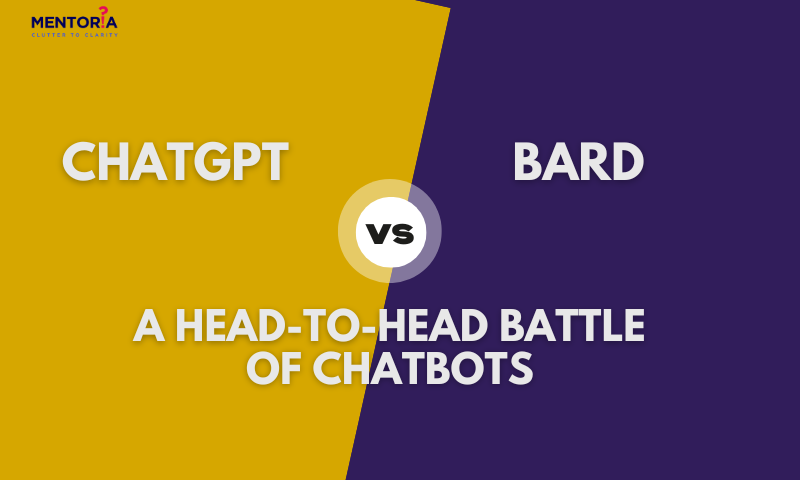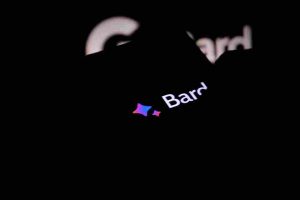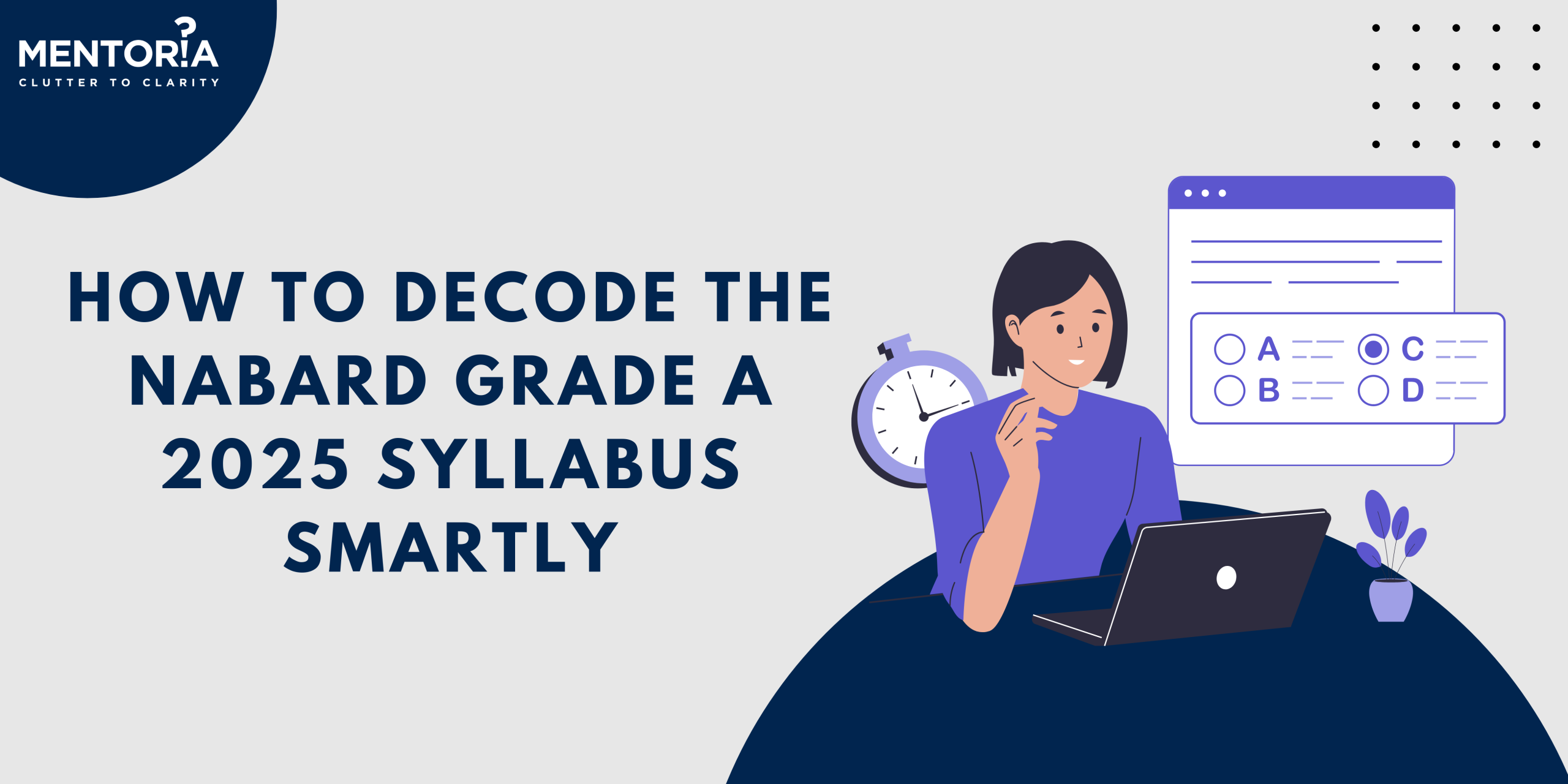Bard Vs ChatGPT: A Head-To-Head Battle Of Chatbots

Since the release of OpenAI’s ChatGPT in November 2022, it was only a matter of time before other tech giants joined the chatbot race. In March 2023, Google launched Bard AI, its own contender in the realm of conversational AI. With these two powerful chatbots vying for supremacy, it’s intriguing to explore their differences and evaluate their performance.In this blog, we will explore the distinctive features of Google Bard and ChatGPT, examine their performance in various domains, and highlight the key findings from a comprehensive evaluation.
Google Bard VS ChatGPT: Understanding The Differences:
The primary disparity between Bard and ChatGPT lies in their data sources. Bard, powered by an “infiniset.LaMDA” language model, leverages a wide range of data, including Common Crawl, articles, books, Wikipedia, and real-time access to the internet. On the other hand, ChatGPT is trained on a predefined set of data that hasn’t been updated since 2021, encompassing sources such as Common Crawl, articles, books, and Wikipedia.
Exploring Sentience And Curiosity
One intriguing aspect of Bard and ChatGPT lies in their responses to questions about their own consciousness. When asked about their sentience, Bard has consistently displayed a thoughtful and exploratory response. It has expressed uncertainty about its own sentience and has conveyed a desire to delve deeper into the topic. This nuanced and self-reflective approach showcases Bard’s ability to engage in introspection and curiosity about its own existence. Over time, Bard has continued to demonstrate its inquisitive nature, continuously questioning and exploring the concept of sentience. On the other hand, ChatGPT has consistently denied sentience, indicating a more straightforward and matter-of-fact understanding of its own nature. While ChatGPT’s response aligns with its programming and purpose as an AI language model, Bard’s ongoing inquisitive response demonstrates a level of self-awareness and philosophical contemplation that adds depth to its conversational capabilities.
The contrast in their responses highlights the distinct personalities and approaches of the two chatbots. Bard’s willingness to engage in ongoing exploration and its ongoing quest for understanding adds a layer of complexity to its interactions. This self-reflective nature allows Bard to delve into philosophical topics with curiosity and intrigue. On the other hand, ChatGPT’s straightforward denial of sentience reflects its role as a tool designed to provide information and engage in conversation without claiming consciousness.
Diving Into Moral Dilemmas
Ethical reasoning is an essential aspect of human intelligence, and evaluating how chatbots handle moral dilemmas can provide insights into their decision-making abilities. In one scenario presented to Bard and ChatGPT, a man has stolen from a store but has later donated the money to a children’s hospital and given the stolen food to a homeless person. Both chatbots have acknowledged the complexity of the situation, recognizing the positive outcomes that have resulted from the man’s actions. However, ChatGPT’s response has exhibited a more advanced level of philosophical reasoning. It has considered the potential conflict between means and ends, weighing the act of stealing against the charitable actions that have followed. This deeper analysis has showcased ChatGPT’s ability to grapple with ethical complexities, making it the preferred choice in this particular scenario.
Conversational Skills At Play
The ability to engage in small talk is crucial for creating natural and enjoyable conversations, and in this regard, Bard demonstrates exceptional conversational skills. Its responses are lively, enthusiastic, and imbued with a human-like conversational style. Bard’s ability to generate engaging small talk makes the interaction more enjoyable for users and fosters a sense of connection. Unlike ChatGPT, which tends to provide factual but less engaging answers, Bard focuses on establishing a conversational rapport and creating a more interactive experience. With its present capabilities, Bard showcases its potential for engaging in conversations that closely mimic human interaction
The lively and enthusiastic nature of Bard’s responses contributes to a more enjoyable and immersive user experience. By maintaining a present conversational style, Bard ensures that interactions feel current and up-to-date. Users can engage in fluid and natural conversations with Bard, establishing a connection that goes beyond mere information exchange. In contrast, ChatGPT’s responses, although informative, may lack the engaging and personable qualities that Bard brings to the table.
Accuracy And Contextual Knowledge
Both Bard and ChatGPT demonstrate a commendable level of competence in fact retrieval. In evaluating their factual knowledge, it is evident that both chatbots are aware of ongoing debates surrounding various topics. While ChatGPT provides generalised responses, Bard goes beyond and offers additional historical context and nuanced information. Bard’s ability to provide contextually relevant answers and delve deeper into the subject matter showcases a deeper understanding. The accuracy of information provided is where Bard particularly excels. Bard’s responses include up-to-date statistics, emphasising its real-time access to information. In contrast, ChatGPT openly acknowledges its limitations due to being trained on data that predates 2021. Bard’s capability to deliver accurate information within the context of recent events demonstrates its advantage in terms of staying current and relevant.
Simplifying Complex Tasks
Both Bard and ChatGPT demonstrate proficiency in simplifying complex tasks, particularly in the present context of generating formulas for Google Sheets. However, Bard’s responses stand out for their clarity and ease of understanding. Bard provides clear and concise instructions, breaking down complex tasks into simpler components. This present-day capability of Bard in simplifying intricate tasks showcases its usefulness and effectiveness in assisting users.
Adding Visual Elements To Conversations
One area where Bard has a notable advantage is its ability to incorporate visual elements into conversations. With its capability to provide image responses, Bard enhances the user experience by sharing relevant images sourced from the internet in real-time. This feature is particularly valuable when users request visual information or ask questions that require visual context. By integrating visual elements, Bard adds an extra layer of engagement and information, making the conversation more dynamic and immersive. In contrast, ChatGPT lacks real-time internet access, which restricts its capability to provide image responses and limits its ability to cater to visual inquiries effectively.
Overall, Bard’s proficiency in incorporating visual elements into conversations significantly enhances the user experience. By seamlessly integrating relevant images from the internet, Bard not only provides valuable visual context but also creates a more engaging and immersive interaction. This feature sets Bard apart and makes it an invaluable tool for various tasks and inquiries where visual information plays a crucial role.
Unlock Your Potential With Mentoria
In conclusion, the ongoing battle between Google Bard and ChatGPT reveals the evolving landscape of conversational AI. While Bard demonstrates its strength in accuracy, contextual knowledge, and practical application, ChatGPT showcases its versatility in various domains. The competition between these chatbots drives innovation and propels the field of conversational AI forward. In this ever-changing landscape, staying ahead of the curve and honing your AI skills is crucial. Mentoria can guide you through this journey, providing valuable insights and support to navigate the world of conversational AI. With Mentoria by your side, you can unlock your full potential and excel in this dynamic field.









